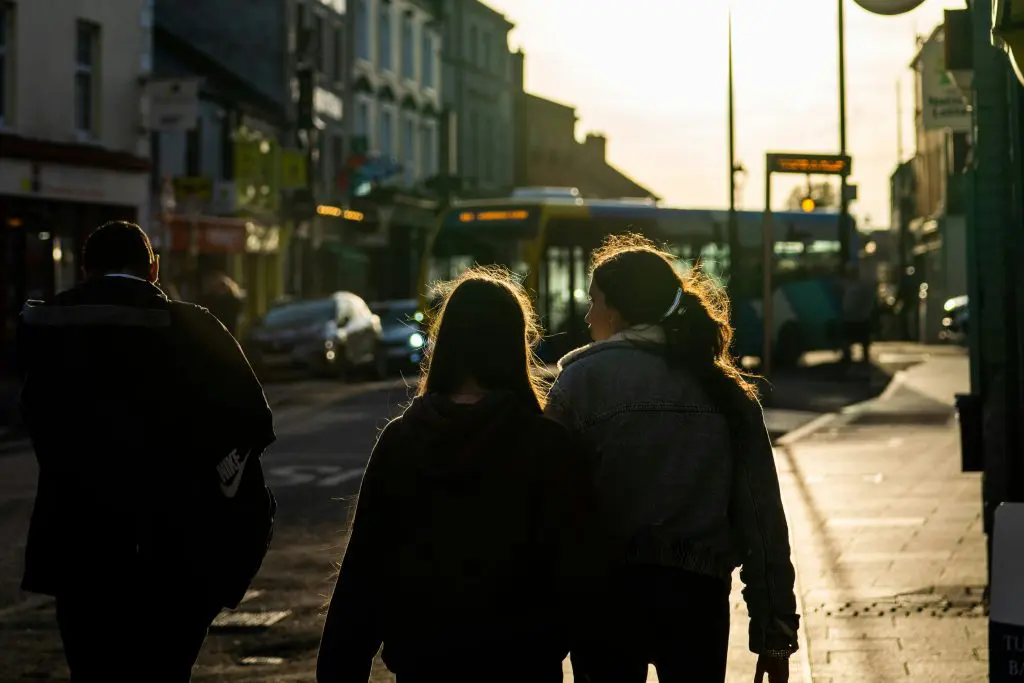The Irish Government has confirmed that the €14 billion tax windfall recovered from Apple will be used to enhance its existing National Development Plan (NDP) 2021–2030, a €112 billion investment framework focused on major infrastructure projects across the country.
Context: The Apple Tax Ruling
This significant windfall stems from a 2016 European Commission ruling which found that Apple had received illegal state aid through favorable tax arrangements in Ireland. Apple was ordered to repay approximately €14 billion in back taxes and interest, which has since been held in escrow during ongoing legal appeals.
While the case is still subject to a final ruling by the Court of Justice of the European Union, the funds are now being earmarked for long-term public investment, contingent on the legal outcome.
Strategic Use of the Windfall: Overview
Rather than using the Apple funds for short-term spending or political pledges, the government is integrating them into the NDP to strengthen long-term infrastructure and economic resilience. The focus will be on:
1. Housing and Urban Development
Ireland continues to face a chronic housing shortage, and expanding housing supply is a core part of the NDP. The government aims to significantly increase public investment to alleviate pressures on affordability and homelessness by accelerating housing construction and regeneration.
2. Transport and Connectivity
Funds will also go toward modernising and expanding Ireland’s transport networks. This includes road and rail upgrades, improved urban transport options, and increased regional connectivity—all vital for balanced regional development.
3. Water and Energy Infrastructure
Upgrades to the water supply and wastewater treatment systems are planned, along with new investments in clean energy to meet Ireland’s climate commitments. These developments are aligned with broader goals under the Climate Action Plan 2024.
4. Shared Island Fund
A portion—just under €1 billion—will be allocated to the Shared Island Initiative, supporting cross-border infrastructure and cooperation projects. Current examples include the Narrow Water Bridge between County Louth and County Down, among other initiatives promoting reconciliation and regional integration.
National Development Plan: A €212 Billion Investment Vision
The Apple windfall forms just one part of a much broader capital investment strategy under Ireland’s National Development Plan (NDP), which has been described by the government as “transformational.” The updated NDP outlines €212 billion in infrastructure spending over the next decade, combining an initial €112 billion for the 2021–2030 period with an additional €100 billion earmarked for 2030 to 2035.
This long-term plan focuses heavily on housing, water infrastructure, and public transport, including the long-awaited Dublin Metro project. It aims to address mounting public concerns over inadequate infrastructure and the growing strain of a rising population. Business leaders have also warned that insufficient investment in housing and transport could deter future foreign direct investment—despite Ireland’s strong fiscal position, buoyed by corporate tax receipts and multinationals in the tech and pharmaceutical sectors.
The plan is funded primarily through record corporation tax surpluses, including €39.6 billion in cumulative surpluses since 2022, alongside proceeds from AIB share sales and the €14 billion recovered from Apple following the EU state aid ruling.
National Development Plan: Criticisms
However, the NDP has faced criticism for its lack of detailed project planning. Experts, including Professor Alan Barrett of the Economic and Social Research Institute, have expressed concerns about the plan’s cohesion and transparency. The main opposition party, Sinn Féin, has also argued that the plan underdelivers on essential areas, particularly healthcare and affordable housing.
The government’s recent Summer Economic Statement projects €116.6 billion in total spending for next year, including €19.1 billion for capital investment, suggesting continued commitment to infrastructure—but also reflecting the balancing act between fiscal prudence and public pressure to accelerate delivery.
No Specific Projects Yet Announced
While the NDP provides a framework for national investment, specific new projects funded by the Apple windfall have not yet been detailed. These are expected to be announced in the upcoming October Budget.
Taoiseach Micheál Martin described the windfall as a chance to “immediately implement a step-change in the scale and quality of public investment in critical sectors,” calling the updated NDP “the largest investment in economic and social infrastructure in the history of the State.”
Challenges to Delivery
Despite the strong financial position, several challenges remain. Economists and industry experts have warned that capacity constraints in Ireland’s construction sector, coupled with planning and regulatory delays, may limit how quickly infrastructure projects can be delivered. Managing inflationary pressures will also be key to ensuring value for money.
A Long-Term Investment Strategy
The decision to channel the Apple windfall into the NDP reflects the government’s long-term strategy of sustainable and inclusive development. By investing in housing, transport, energy, and cross-border cooperation, Ireland aims to tackle its infrastructure deficits while supporting social cohesion and economic growth.
Sources:
